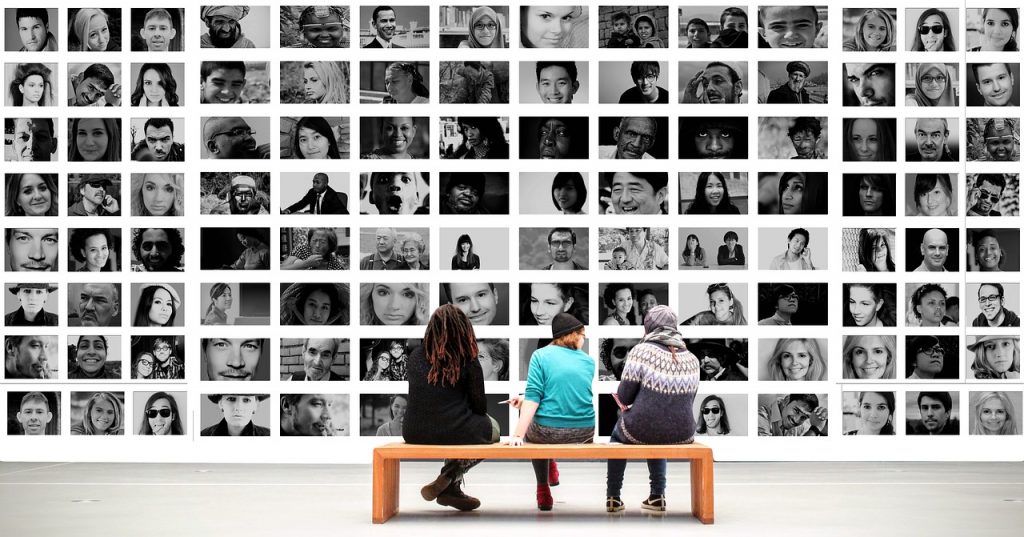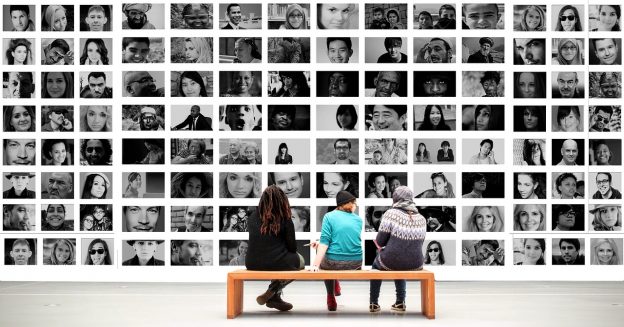 This week, I was asked to speak on a panel to a bunch of social work students on working with refugee and immigrant clients. Panels are like the lunch buffet of information sharing. It is a group of people with knowledge of a certain topic, asked to speak together with the hope that at least one of them will say something interesting. It is a great idea for our attention-deficient culture, but it is often poorly executed, oftentimes due to the panelists themselves.
This week, I was asked to speak on a panel to a bunch of social work students on working with refugee and immigrant clients. Panels are like the lunch buffet of information sharing. It is a group of people with knowledge of a certain topic, asked to speak together with the hope that at least one of them will say something interesting. It is a great idea for our attention-deficient culture, but it is often poorly executed, oftentimes due to the panelists themselves.
Now, the average attention span of an audience member is nine seconds, so it was frustrating when the first panelist took 21 minutes to introduce herself, going into details about her childhood upbringing, her first trip to Disneyland, her favorite color, that one magical night when she tried peroskis for the first time, etc. The second panelist, an otherwise delightful woman, took cue from the first and spent 17 minutes telling her life story. The students, thinking this might actually be a clever real-time demonstration of how to communicate with refugees and immigrants, paid careful attention.
So I thought I would provide the following tips on how to be a dynamic, interesting panel speaker. If you are ever asked to be on a panel, please review these notes below. Many of these tips also work for other speeches, such as wedding toasts and eulogies:
- Tip 1: Prepare. It is important to be ready. Many panelists make the terrible mistake of not preparing for the panel. Several days ahead of time, make sure you prepare yourself by informing your friends through tweeting and updating your Facebook timeline that you will be on a panel. Have a friend come and take an awesome picture of you from the audience.
- Tip 2: Try to go first or last. Being first allows you to set precedence. If your intro is only one minute long, for example, the other panelists will follow. I prefer being last, which allows me to listen carefully to the other panelists’ points and then synthesize, which makes me look extra smart, e.g., “Yes, I agree with Mark’s statement; theretofore, and indeed, a strength-based approach is the best return on ROI.”
- Tip 3: Talk like a human being. Panelists sometimes get this inflated ego, like oooh, I’m on a panel, I’m an expert. Then they try to sound intelligent, using a language that I call “expertese,” which is very annoying. The only time you should try to sound smart is when you’re talking to grad students, in which case, it is not only appropriate for you to use jargon, but also expected of you to make up some terminologies that sound real, for instance, “Post-modern misoxenistic tendencies among the media are challenges newcomers to the country face on an almost morpholateral basis.” It makes the students feel smart. They pay a lot of money for their degree, so it’s nice to boost their ego.
- Tip 4: Tell hilarious jokes that are related to the topic. For example, “A Program Director, a tutor, and a refugee family with two small children walk into a school. The school asks why the long faces? The Program Director says, ‘You don’t have enough culturally appropriate services for immigrant and refugee students and families, so they’re struggling academically.” (I may need to work on my punch line).
- Tip 5: Gage your audience’s reaction and energy. Watch their body language. If they’re yawning or stabbing themselves in the eyes with the corner of their binders, they’re bored out of their wits, and it’s time to ante up on the jokes.
- Tip 6: Use strategic cussing. Mild expletives like “pissed” “damn” and “hell” make people think you’re passionate. Sprinkle them in once a while. For example, “Politicians always think ‘why don’t these refugees and immigrants ever attend a town hall meeting? Don’t they care?’ That pisses me off!” Remember, you’re trying to talk like a human being, and that’s what humans sound like, dammit.
- Tip 7: Tell stories. Audience members love good, relevant stories. Nothing is more effective than stories. Statistics are very helpful (“Over 50% of immigrant and refugee students will not graduate from high-school”), but a good story can humanize the message and help to drive it home. Make sure your story has a point though: “And eating that peroski for the first time was when I realized how difficult yet wonderful it is to be in a new land.”
- Tip 8: Get audience participation. It wakes them up. And why should you do all the work. Try to call on specific people in the audience. If you know their name, that’s great, but if you don’t, it’s appropriate to call them out by their distinguishing features, “The best way to work with refugees and immigrants? I could tell you, but first, what do you think? You, young man with the cold sore, what say you?”
- Tip 9: Get into a fight with other panelists. The whole point of getting people together is so they can bounce off of one another. But panelists tend to be self-contained. That’s just boring. Either agree with someone, elaborate on others’ statements, or else respectfully disagree. At every panel I’m on, I try to get into at least one verbal fisticuff with another panelist. Just try not to make it personal, like “Oh yeah, Ed? Well your FACE has a responsibility to learn English and assimilate.”
- Finally, Tip 10: Wear the appropriate clothing. I always wear glasses and a red button-down shirt. Glasses convey wisdom, and red suggests power. Then, I leave the top two or three buttons of my shirt unbuttoned, conveying a subtle sense of sexiness. Wisdom, power, sexiness. All good panelists project such an aura.
I hope those tips are helpful. Share this with any of your friends who tweet or post on Facebook that they will be on a panel. (Also, check out NWB’s 12 Tips for Not Sucking as a Panel Moderator). If all of us can learn to be better panelists, maybe, just maybe, we can achieve world peace in our children’s lifetime.
Or at least panels wouldn’t be such boring-ass events to sit through.



